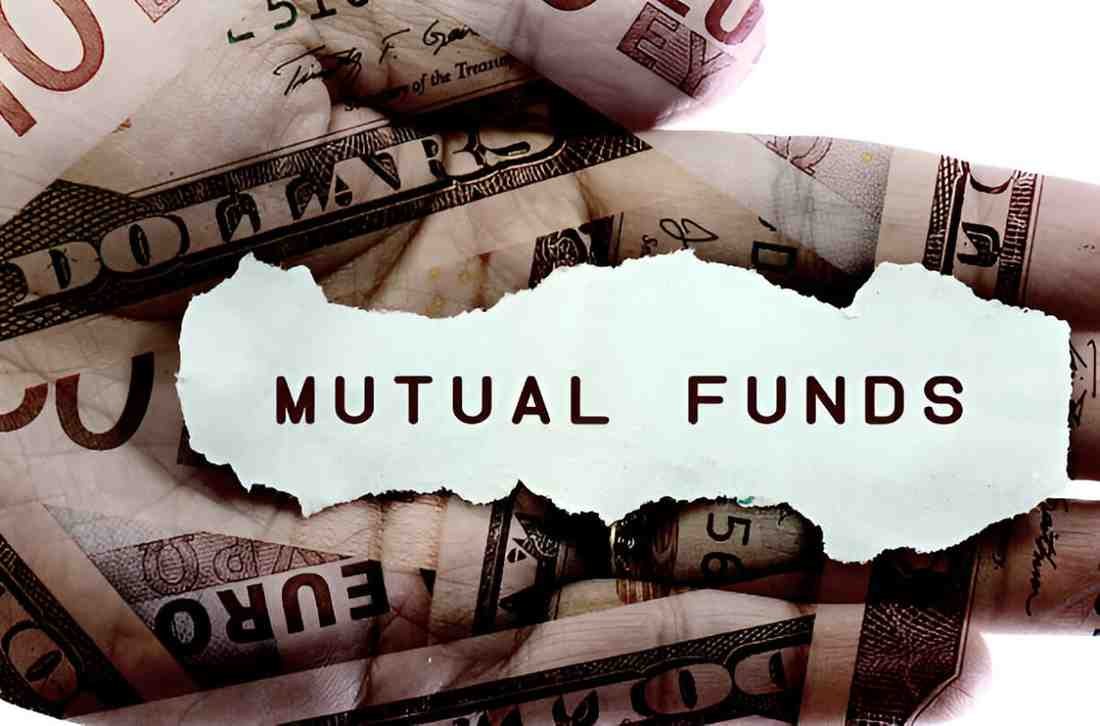Introduction
When I analyze investment options, mutual funds often stand out due to their diversification benefits and professional management. Among them, American Classic Agency Mutual Funds have carved a niche for themselves. In this article, I explore their structure, performance metrics, cost efficiency, and how they compare to other investment vehicles.
Table of Contents
What Are American Classic Agency Mutual Funds?
American Classic Agency Mutual Funds are actively managed funds that pool money from multiple investors to invest in a diversified portfolio of stocks, bonds, or other securities. They are managed by financial agencies with a long-standing reputation in the U.S. market.
Key Features
- Active Management: Portfolio managers make deliberate investment choices.
- Diversification: Spreads risk across multiple asset classes.
- Liquidity: Investors can redeem shares at the end of each trading day.
Performance Metrics and Mathematical Evaluation
To assess mutual fund performance, I rely on key financial ratios:
- Sharpe Ratio (S = \frac{R_p - R_f}{\sigma_p})
- Measures risk-adjusted returns.
- Example: If a fund returns 10% (R_p), the risk-free rate is 2% (R_f), and standard deviation is 8% (\sigma_p), then:
S = \frac{0.10 - 0.02}{0.08} = 1.0
- Expense Ratio
- Annual fee as a percentage of assets under management (AUM).
- A lower ratio is preferable.
- Alpha (\alpha = R_p - [R_f + \beta (R_m - R_f)])
- Indicates outperformance relative to a benchmark.
Performance Comparison Table
| Fund Name | 5-Yr Avg Return (%) | Expense Ratio (%) | Sharpe Ratio |
|---|---|---|---|
| American Classic Equity Fund | 9.5 | 0.75 | 1.2 |
| S&P 500 Index Fund | 10.1 | 0.04 | 1.1 |
| American Classic Bond Fund | 4.3 | 0.50 | 0.8 |
From the table, I observe that while the American Classic Equity Fund has a higher Sharpe Ratio than the S&P 500 Index Fund, its expense ratio is significantly higher.
Cost Efficiency and Fee Structures
Mutual funds charge various fees, including:
- Front-end Load: Paid at purchase (e.g., 3-5%).
- Back-end Load: Paid when selling shares.
- 12b-1 Fees: Marketing and distribution costs.
I calculate the impact of fees on returns:
If an investor puts $10,000 in a fund with a 5% front-end load and a 1% expense ratio, the effective investment is:
10,000 \times (1 - 0.05) = 9,500
After 10 years at 7% annual return:
Without the load but with the same expense ratio:
FV = 10,000 \times 1.06^{10} \approx 17,908The load fee reduces the final value by $880.
Tax Efficiency Considerations
Mutual funds distribute capital gains, which are taxable. I compare them to ETFs, which are generally more tax-efficient due to in-kind redemptions.
Who Should Invest in American Classic Agency Mutual Funds?
- Long-term investors benefit from professional management.
- Those seeking diversification without picking individual stocks.
- Investors comfortable with higher fees for active strategies.
Conclusion
American Classic Agency Mutual Funds offer structured investment opportunities but come with higher costs than passive alternatives. I recommend evaluating performance metrics, fees, and tax implications before investing.





